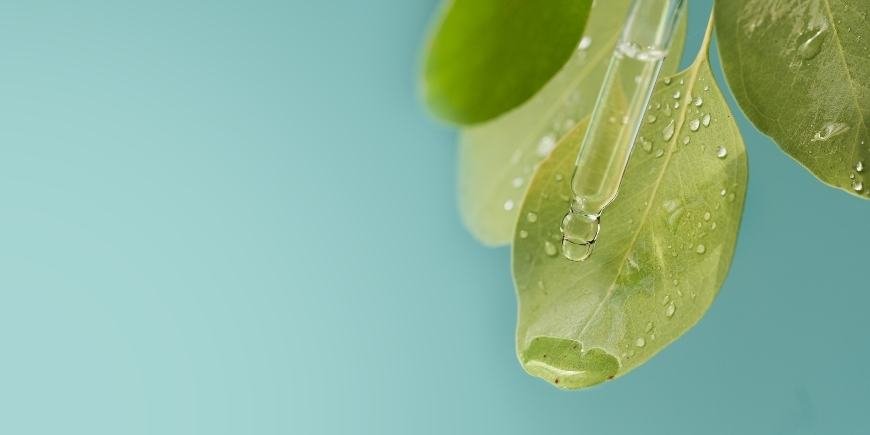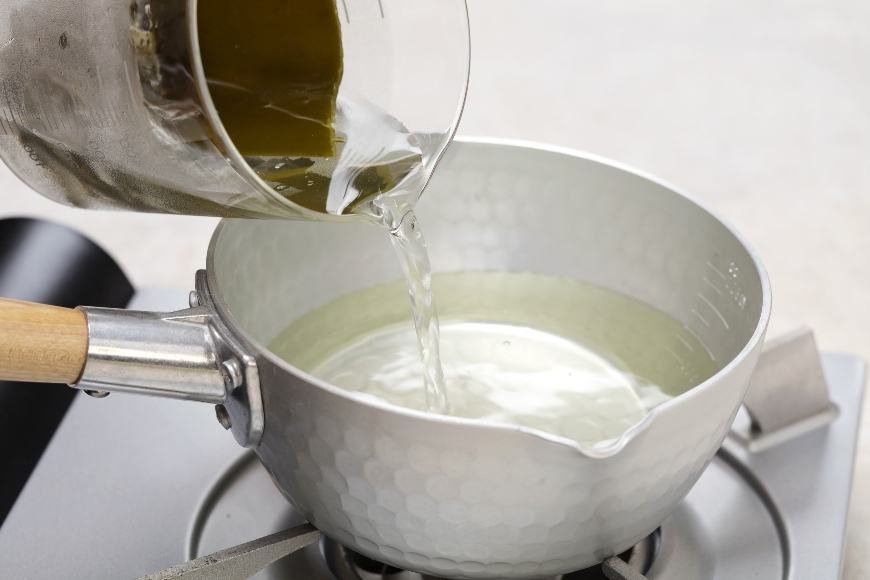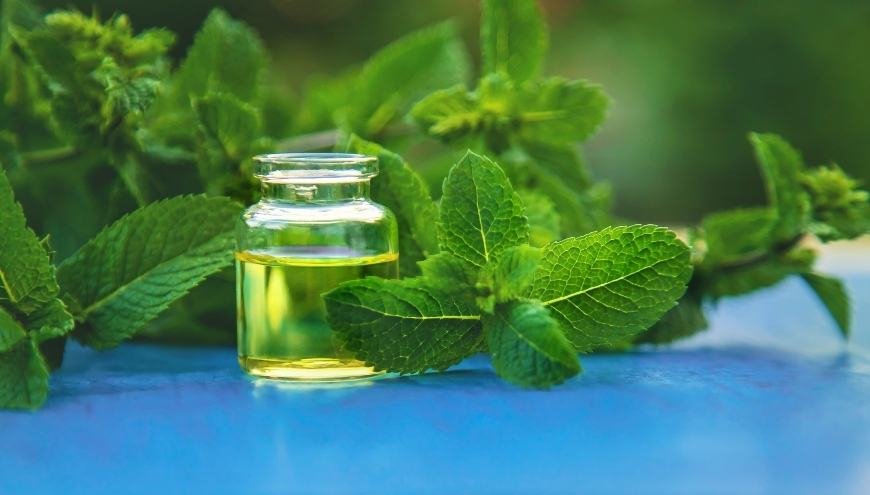How to Extract Wild Lettuce
Discover how to extract wild lettuce with our comprehensive guide, covering preparation, extraction methods, storage, benefits and risks of this natural remedy.

If you're looking to learn how to extract wild lettuce, this post will provide a comprehensive overview of the process. This fascinating plant has been used for centuries due to its unique properties and potential benefits.
Throughout this blog post, we will delve into the world of wild lettuce extraction, discussing everything from identifying and preparing the raw plant material to creating a potent extract that can be stored and consumed safely. By learning how to extract wild lettuce properly, you'll be able to experience its intriguing effects firsthand.
In addition, we'll also touch on the potential benefits and risks associated with taking wild lettuce extract so that you can make informed decisions about whether or not it's something you'd like to explore further. Get ready for an in-depth journey into the realm of this bitter herb as we uncover all there is to know about extracting wild lettuce effectively.
Table of Contents:
- Wild Lettuce Extract: A Natural Remedy for Relaxation
- Get Your Wild Lettuce Extract Game On.
- Risks of Wild Lettuce Extract
- FAQs in Relation to How to Extract Wild Lettuce
- Conclusion
Wild Lettuce Extract: A Natural Remedy for Relaxation
Wild lettuce extract, sourced from the Lactuca virosa plant, has been utilized for many years in traditional healing practices to reduce nervousness, sleeping disorders and muscle rigidity.
The active compounds lactucin and lactucopicrin produce a calming effect similar to opium but without the addictive qualities.
While wild lettuce extract may offer benefits, it should be consumed responsibly and with caution to avoid potential side effects or adverse reactions.
Before making your own extract, ensure you're well-informed about its risks and benefits from credible sources.
Get Your Wild Lettuce Extract Game On.
Ready to make some wild lettuce extract? Here's what you need:
- Wild lettuce (Lactuca virosa) - Make sure it's mature and has milky sap.
- A sharp knife or scissors - You don't want to end up with a dull extract.
- A large pot or saucepan - For boiling water, not for making soup.
- A heat-resistant glass container - Pyrex measuring cups are perfect for this.
- Cheesecloth or fine mesh strainer - To separate the plant material from the liquid.
- An alcohol-based solvent - Everclear or rubbing alcohol will do the trick.
Remember, safety first. Wear gloves, goggles, and work in a well-ventilated area when dealing with potentially toxic substances. And make sure you know what you're harvesting; misidentification can be dangerous. If uncertain, seek advice from an expert in botany. Now go forth and extract.
How to Prepare Wild Lettuce for Extraction

Harvest wild lettuce leaves and stems during late summer or early fall when the plant is in full bloom for maximum potency.
- Clean: Rinse off any dirt or debris from the leaves and stems under running water.
- Dry: Pat dry with a clean towel or let them air-dry on a drying rack until completely moisture-free.
- Cut: Chop up the dried leaves and stems into small pieces using scissors or a sharp knife for efficient extraction of active compounds later on.
Wild lettuce seeds are not necessary for this process, but some people use them in their extracts.
For more information on the benefits of wild lettuce, check out Healthline.
How to Make Wild Lettuce Extract
If you're in search of a natural remedy for alleviating pain, anxiety or improving sleep quality, wild lettuce extract could be the answer.
- Gather fresh or dried wild lettuce leaves, a pot with lid, water, cheesecloth or fine mesh strainer, and a glass jar for storage.
- Roughly chop the leaves and add them to the pot with enough water to cover them completely.
- Bring to a boil, then let it simmer for an hour.
- Remove from heat, let it cool slightly, and strain out the plant material using cheesecloth or a fine mesh strainer.
- Your concentrated wild lettuce extract is now ready to use.
Wild lettuce extract can be used topically on skin irritations or taken orally for pain relief, anxiety reduction, and sleep improvement purposes. Before utilizing wild lettuce extract, it is advised to seek the advice of a medical professional.
How to Store Wild Lettuce Extract

Keep your wild lettuce extract fresh and potent with these simple storage tips:
- Avoid sunlight: Store in a cool, dark place to prevent degradation of active compounds.
- Use airtight container: An amber glass dropper bottle or jar with a tight-fitting lid prevents air exposure and oxidation.
- Label your container: Don't forget to label with extraction date and other relevant info.
- Maintain cleanliness: Sterilize all tools and containers used during extraction.
These precautions will prolong the shelf life of your extract, but natural extracts may lose potency after several months, so make small batches regularly.
Benefits of Wild Lettuce Extract: A Natural Sedative with Potential Health Perks
Wild lettuce extract is a popular herbal remedy among young adults due to its potential benefits.
- Wild lettuce extract has sedative properties that may be beneficial in addressing sleeplessness and nervousness.
- It may alleviate mild pain, such as headaches or muscle cramps.
- Wild lettuce extract has antispasmodic properties that can relax the respiratory system, making it useful for managing asthma and coughs.
- It's believed to have mild euphoric effects, making it an attractive alternative for those seeking a legal and less potent substitute for cannabis or other recreational substances.
While anecdotal reports support these benefits, scientific research on wild lettuce extract is limited, so it's always best to consult with a healthcare professional before incorporating any new supplement into your routine.
Risks of Wild Lettuce Extract
Wild lettuce extract has potential benefits, but it's crucial to know the risks. Allergic reactions can occur, causing itching, rash, and difficulty breathing, so seek medical attention if you experience these symptoms.
Consuming too much or misusing wild lettuce extract may lead to dizziness, nausea, vomiting, a fast heartbeat and even hallucinations; therefore it is suggested to start with a low dosage and gradually increase while monitoring the body's response.
Pregnant or breastfeeding women should avoid taking wild lettuce extract without first consulting a healthcare professional, as there is limited research on its safety.
FAQs in Relation to How to Extract Wild Lettuce
How to extract wild lettuce?
To extract wild lettuce, dry the harvested plant, crush the leaves into a powder, dissolve the active compounds with a solvent like alcohol or water, strain out solids, and evaporate the solvent to obtain concentrated wild lettuce extract.
How does wild lettuce extract work?
Wild lettuce extract contains lactucarium, which interacts with opioid receptors in your brain and nervous system to reduce pain perception and induce relaxation without causing addiction or significant side effects like traditional opioids.
How to prepare wild lettuce for medicinal purposes?
Harvest mature plants during their flowering stage when lactucarium levels are highest, dry them thoroughly, and use them as tea or tincture ingredients or make an extraction following proper procedures.
What is the best way to take wild lettuce?
The best way to take wild lettuce depends on personal preference; common methods include consuming it as a tea infusion, taking it in capsule form containing dried leaf powder, or administering a sublingual tincture made from extracted active compounds for faster absorption.
Conclusion
When it comes to Wild Lettuce Extract, it's crucial to understand the benefits and risks before trying it out. To make the extract, gather the necessary materials and prepare the plant properly. Remember to store the extract in a cool, dry place to maintain its potency. While Wild Lettuce Extract may offer pain relief and relaxation, it's important to consider potential risks such as allergic reactions and interactions with other medications. Consult with a healthcare professional before trying any new supplements or extracts.






































































































































